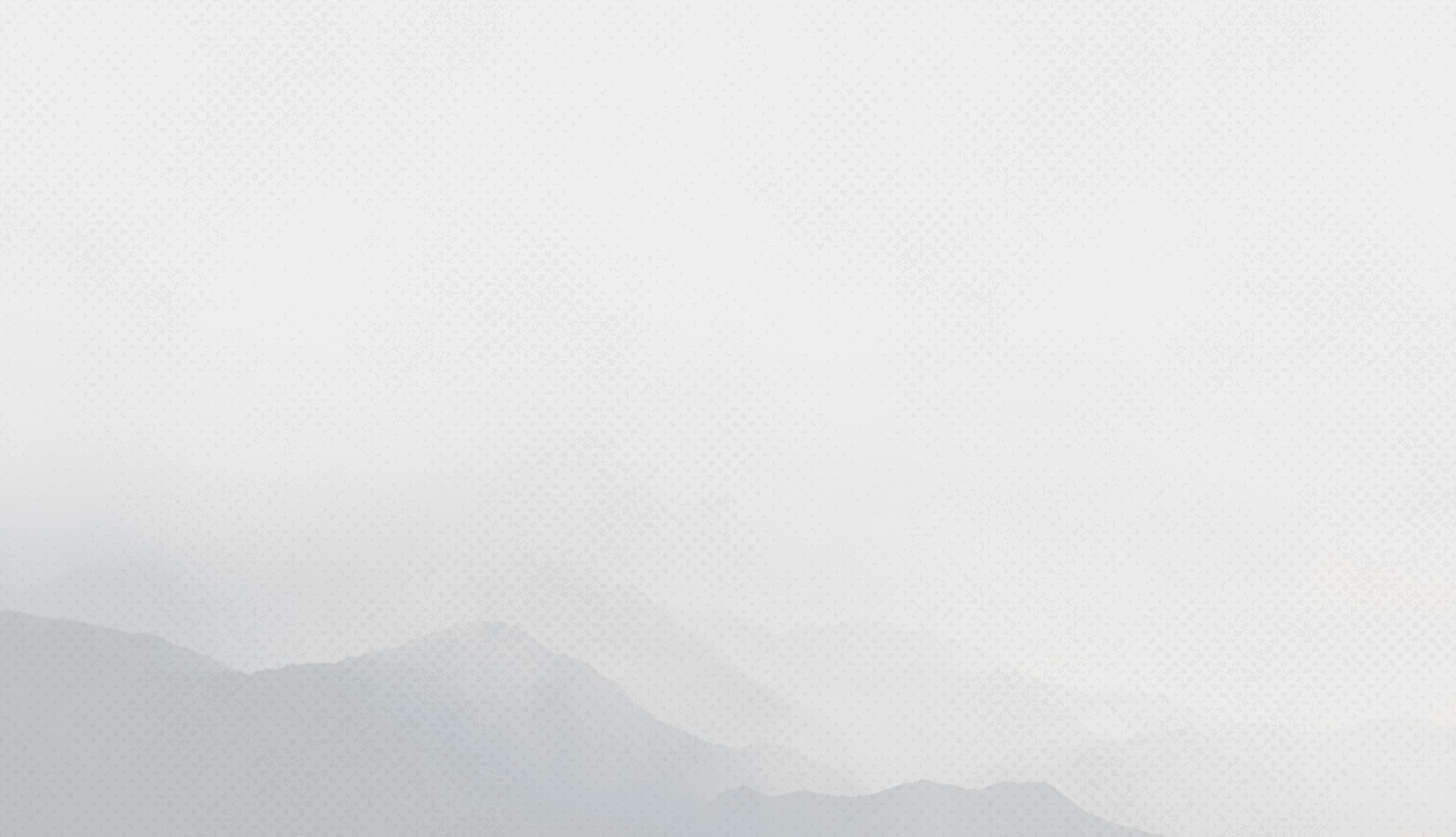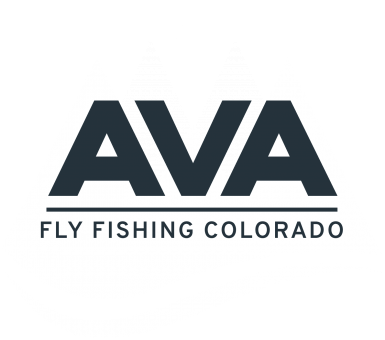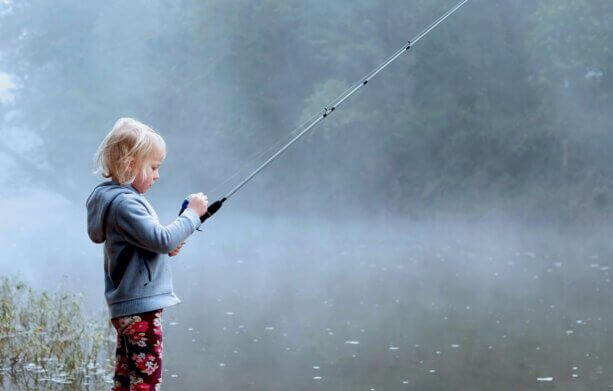 When most anglers start out fly fishing, they are so focused on fly selection and proper casting they might overlook one crucial aspect: Am I fishing a stretch or section of water that the fish are likely to be in? While you may get lucky by randomly picking a spot to cast, you can greatly increase your chances of hooking trout by learning where they like to hang out. Trout are fairly simple creatures; they are focused on eating, not getting eaten themselves, and using as little energy as need be to accomplish this. With that in mind, it becomes a little more clear as to why trout spend most of their time in certain areas. Here are some tips on how to read the river to cast in the most likely spots to find fish.
When most anglers start out fly fishing, they are so focused on fly selection and proper casting they might overlook one crucial aspect: Am I fishing a stretch or section of water that the fish are likely to be in? While you may get lucky by randomly picking a spot to cast, you can greatly increase your chances of hooking trout by learning where they like to hang out. Trout are fairly simple creatures; they are focused on eating, not getting eaten themselves, and using as little energy as need be to accomplish this. With that in mind, it becomes a little more clear as to why trout spend most of their time in certain areas. Here are some tips on how to read the river to cast in the most likely spots to find fish.
The first area trout like to hang out in are riffle sections of the river. These rocky and shallow sections offer plenty of oxygenated water and are a great place for insects to grow that the trout love to eat. All the boulders and rocks offer plenty of hiding and resting spots for the trout to relax and hide from predators.
The next best spot to target trout are the run sections of the river. This area below a riffle is where the water becomes deeper and has a more uniform current flow. With the deeper water providing shelter and the riffle carrying insects into this section, it’s the perfect spot to cast into.
On very warm and bright sunny days most trout will retreat to a pool section of a stream. These are very deep and dark areas of water. For streams that are extremely shallow and offer little places of protection, these are sometimes the only area that will hold trout.
Eddys are another great spot to focus on. These swirling sections of water caused by either an indent in the riverbank, logs, boulders, or any other obstruction cause the water to change direction and end up trapping insects that get caught in them making it an easy place for the fish to catch a meal.
The last section to place your line is the tailout. These flat and shallow sections at the end of a pool and before a riffle create a funnel that also trap insects and bring them directly to fish waiting downstream. Trout often stay put at the end of this section and eat any floating insects right off of the surface. Toss a matching dry fly into this area and greatly increase your odds of landing that monster trout!
If you’re looking for more tips on how to read the river, be sure to give us a call and keep us in mind for your next fly fishing trip!



 TWITTER
TWITTER
